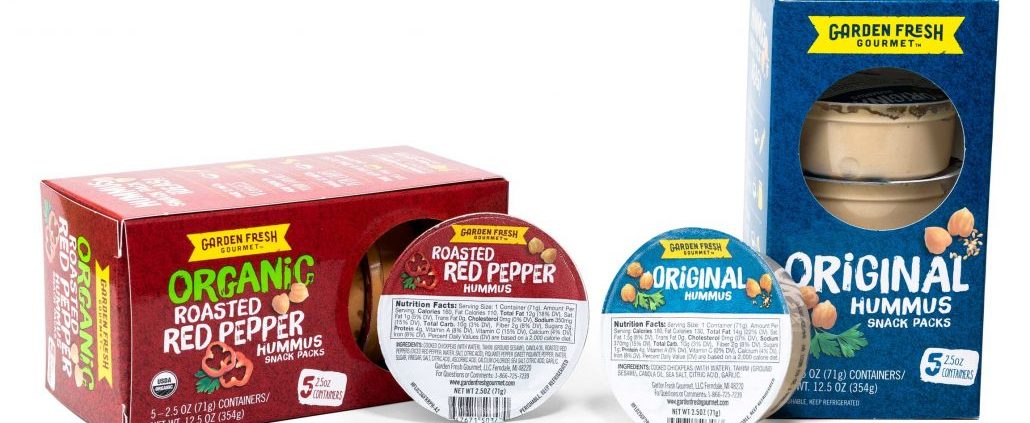Food Packaging Tips for Small Businesses
Running a small food manufacturing company isn’t easy. Like any other kind of small business, you have to worry about things like costs, marketing, and finding ways to help your business grow. But packaging food for sale poses a lot of very unique challenges. Need some help getting started? Here are a few important things you’ll need to keep in mind when designing food packaging.
The Basics
First and foremost, food packaging needs to be practical. No matter how creative or stylish a package looks, if the product it contains often arrives in stores damaged or goes stale quickly, it simply isn’t an effective choice of packaging. The right type of packaging for food products largely comes down to the exact type of food involved. Folding cartons, for example, are an excellent option for many types of food, like crackers, cereals, and pastas. Since these types of food are lightweight and are often kept in sealed packaging within the box, the folding carton adds enough protection to help the product safely arrive on store shelves.
Another essential thing to consider is whether or not your package leaves enough room to display any required information, such as nutrition information, a list of ingredients, and expiration date. And don’t forget to make sure your packaging material of choice fits your budget. Is there a similar, but less expensive, option available?
Stand Out
Once you’ve found a practical option for packaging your product, it’s time to start getting creative. Whether you’re selling your product at a farmer’s market or at a grocery store, customers have a lot of options to choose from and you have a very small window of time to grab their attention. It’s very important that your packaging not only make it clear what exactly your product is and what makes it different from similar products, but also says something about your brand.
When choosing colors for your packaging, consider the psychological effects colors can have on people. For example, red, yellow, and orange are often seen as colors that stimulate the appetite while brown, green, and other earth tones tend to be associated with natural and wholesome foods. Or perhaps transparent packaging that allows people to see your product would be an option worth considering.
Know Your Customers
Different types of customer bases are going to have different needs and expectations from food packaging. A 2013 report by Mintel found that reusable and recyclable packaging was becoming increasingly desirable among consumers. But for food brands that specialize in organic or natural products, recyclable and reusable packaging will likely be expected by their customers.
You also have to consider the demographics of your customer base. The Mintel study also found that consumers over the age of 55 tend to value convenience in their food packaging, such as microwavable containers and single-serving packages. On the other end of the age spectrum, packaging for food products aimed at children should be easy for them to open on their own.
Need help finding a way to package food for sale? Contact Litpac and we can work with you to develop customized packaging that meets the unique needs of your product and reflects your brand message.


